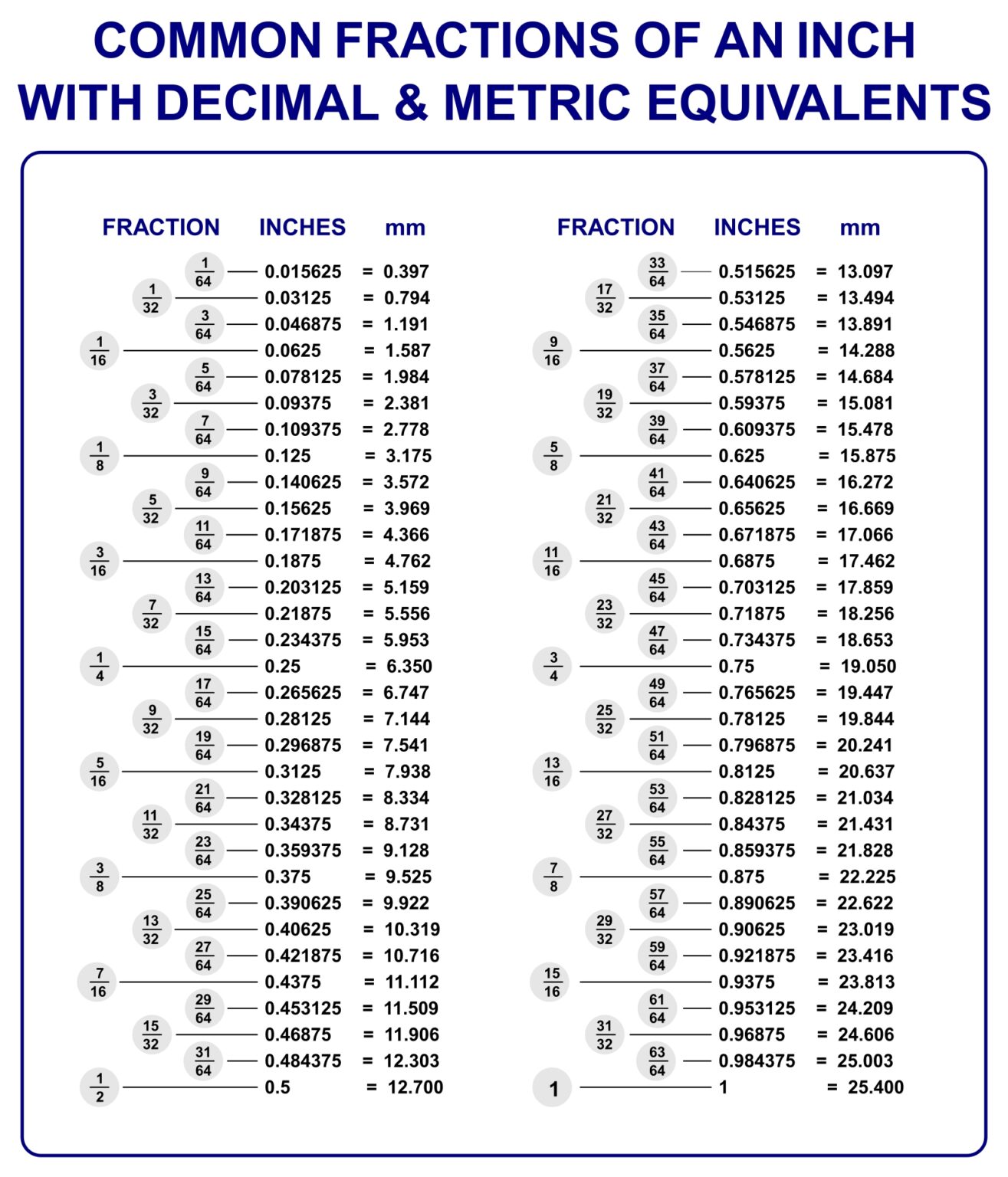Understanding the Decimal Form of 2 and a Half

The decimal form of 2 and a half, or 2.5, is a fundamental concept in mathematics and has practical applications in various fields. This article aims to delve into the intricacies of this number, exploring its representation, calculations, and real-world significance. By understanding the decimal form of 2.5, we can enhance our mathematical skills and appreciate its role in everyday life.
The Nature of Decimals

Decimals are a numerical system that allows us to represent numbers with fractional parts. They are essential for precise measurements, calculations, and conversions. The decimal form of 2.5 consists of two whole units (represented by the digit 2) and a fractional part of one-half (represented by the digit 5, which signifies half of a unit). This combination provides a concise way to express quantities that are not whole numbers.
Converting Fractions to Decimals

Understanding how to convert fractions to decimals is crucial for working with numbers like 2.5. In the case of 2.5, we have a mixed fraction, where the whole number is 2 and the fraction is 1⁄2. To convert this to a decimal, we can use the concept of division. By dividing 1 by 2, we get 0.5, which is the decimal representation of the fraction 1⁄2. Thus, 2.5 can be written as 2 + 0.5, making it a decimal number.
Calculation Example
Let’s illustrate this with a simple calculation. If we have a quantity of 2.5 liters of water and we want to pour half of it into a cup, we can calculate the amount as follows:
Quantity poured = 2.5 liters * 0.5 (as half of the total)
Quantity poured = 1.25 liters
Here, we’ve used the decimal form of 2.5 and its fractional part to determine the exact amount to pour.
Decimal Representations and Comparisons
The decimal form of 2.5 has a unique representation that sets it apart from other numbers. Its position between 2 and 3 on the number line makes it a significant value for comparisons and calculations.
| Number | Decimal Representation |
|---|---|
| 2 | 2.0 |
| 2.5 | 2.5 |
| 3 | 3.0 |

As shown in the table, 2.5 is positioned exactly between 2 and 3, indicating its fractional nature. This representation is vital for understanding intervals and ranges in various contexts.
Real-World Applications
The decimal form of 2.5 finds applications in numerous fields. For instance, in engineering and construction, precise measurements are crucial, and decimals like 2.5 are used to specify lengths, widths, and angles accurately. In finance, 2.5 can represent interest rates, exchange rates, or percentages, impacting investment decisions and economic analyses.
Calculations with Decimals
Performing calculations with decimals, including 2.5, is a fundamental skill. Let’s explore some common operations and their applications.
Addition and Subtraction
Adding and subtracting decimals involves aligning the decimal points and performing standard arithmetic operations. For instance, adding 2.5 to 1.75 results in 4.25, while subtracting 1.25 from 2.5 gives us 1.25.
Multiplication and Division
Multiplying and dividing decimals requires a similar approach. In multiplication, we multiply the numbers and then adjust the decimal point based on the number of decimal places in the factors. For division, we divide as usual and place the decimal point in the quotient according to the divisor’s decimal place.
Calculating Percentages
Understanding percentages is crucial for various real-life scenarios. To calculate a percentage of a number, we can use the formula: Percentage = (Part / Whole) * 100. For instance, finding 25% of 2.5 involves calculating (0.25 * 2.5) = 0.625. Thus, 25% of 2.5 is 0.625.
Decimal Expansions and Recurring Decimals

Certain decimals, including 2.5, have unique properties when it comes to their decimal expansions. While 2.5 is a terminating decimal (it has a finite number of decimal places), other numbers may have recurring decimals, where a pattern of digits repeats indefinitely.
| Number | Decimal Expansion |
|---|---|
| 2.5 | 2.5 |
| 1/3 | 0.3333... |
| 1/7 | 0.142857142857... |
As shown, 1/3 has a recurring decimal expansion, with the digit 3 repeating infinitely. Understanding recurring decimals is essential for accurate calculations and conversions.
Fractions and Decimals in Daily Life
Fractions and decimals are integral to our daily routines. Consider the following scenarios:
- Cooking: Recipes often require precise measurements, and decimals like 2.5 are used to specify ingredient quantities accurately.
- Shopping: Discounts and sales prices are often expressed as percentages, and understanding decimals helps consumers make informed purchasing decisions.
- Sports: In sports, statistics are frequently presented as decimals, such as batting averages or shooting percentages.
Future Implications
As technology advances, the role of decimals and their accurate representation becomes increasingly vital. With the rise of big data and analytics, precise calculations and conversions are essential for making data-driven decisions. Additionally, the field of machine learning relies on accurate decimal representations for training algorithms and making predictions.
What is the significance of the decimal form of 2.5 in mathematics?
+The decimal form of 2.5 represents a precise quantity between 2 and 3, allowing for accurate measurements, calculations, and conversions. It is a fundamental concept in mathematics and has practical applications in various fields.
How do decimals like 2.5 impact real-world scenarios?
+Decimals like 2.5 are crucial for precise measurements in engineering, construction, and finance. They also play a role in scientific calculations, ensuring accurate predictions and analyses.
What are some common calculations involving decimals, including 2.5?
+Calculations with decimals involve addition, subtraction, multiplication, division, and percentage calculations. These operations are fundamental for solving real-life problems and making informed decisions.



